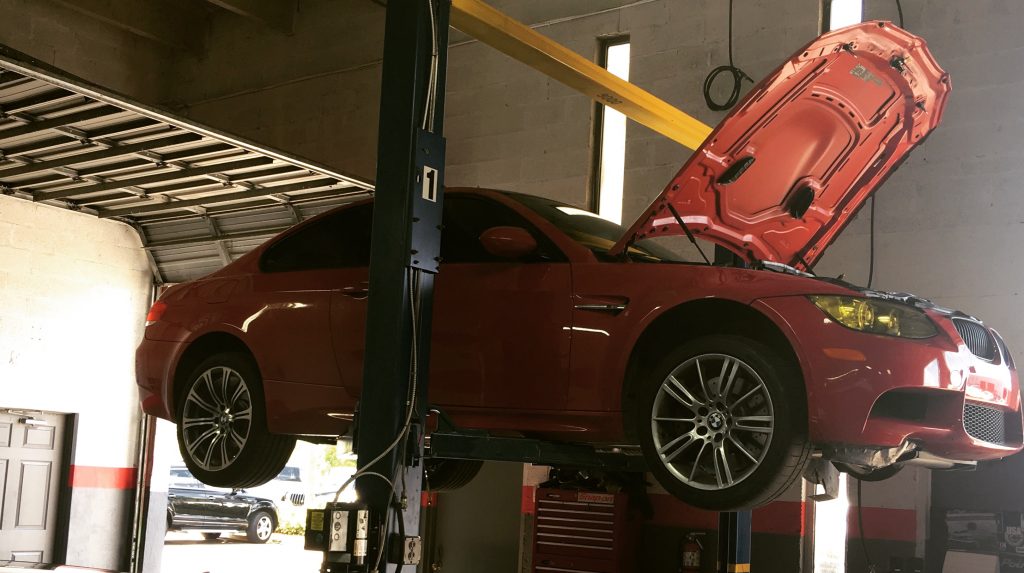Recognizing Transmission Problems
Transmission Problems – The first step in solving transmission issues is diagnosing the actual issues. Luckily, transmissions are an extremely vital car component and will usually give clear indicators that there’s something wrong. Recognizing the earliest symptoms of transmission troubles can save you a lot of money and time. You can avoid an inconvenient breakdown or having to purchase an entire replacement transmission altogether. Here are the most common tell-tale signs that the transmission might be on its way out, as well as tips on what you should do.
Check Engine Light
Although it can be caused by a lot of things, the check engine light usually lights up only when something needs more urgent checking. Newer cars have a ton of sensors and it may be something as simple as a sensor malfunction, but it’s better to not risk it. If operational, sensors can tell you a component is on its way out long before you can even hear or see the issue.
Sluggish Response
Whether it’s an automatic or a manual, you’ll start noticing an erratic increase/decrease in rpms when shifting gears. This is known as hesitation. The car might be reluctant to enter a certain gear or will be extremely difficult to pull out of a gear. Automatics will experience more issues when in neutral or park.
Dripping Fluid
 The transmission needs fluid to operate correctly, just like the engine. Although it’s not regular maintenance, check your manufacturer’s recommended transmission service and perform it if it hasn’t been done in a long time. Checking the fluid pump, the filter and the actual trans fluid will ensure your transmission stays reliable if it’s properly operational. If you notice fluids dripping off the transmission case, it’s probably experiencing fairly major issues.
The transmission needs fluid to operate correctly, just like the engine. Although it’s not regular maintenance, check your manufacturer’s recommended transmission service and perform it if it hasn’t been done in a long time. Checking the fluid pump, the filter and the actual trans fluid will ensure your transmission stays reliable if it’s properly operational. If you notice fluids dripping off the transmission case, it’s probably experiencing fairly major issues.
Weird Noises
If you can hear strange noises like grinding, whining, buzzing, shaking and clunking, and are sure it’s not your fault, then it’s probably a transmission on its way out. Avoid driving the car and tow it to a mechanic as there is a chance that the transmission can be salvaged and rebuilt, saving you the effort and cost of buying a new one from a transmission shop.
Burning Smell
If you can sense a burning smell it’s time to take immediate action. Differentiating between a burnt clutch and an overheated transmission is difficult, but a burnt clutch will be usually accompanied by white smoke. In the case of the transmission, there’s no smoke involved. If your transmission has overheated, it’s probably because it’s lacking fluid or the one that’s already in there is old and can’t do its job properly. Either way, sort it out right away or risk braking the transmission altogether.
What To Do Next
Take your car to a mechanic or a transmission shop who can perform a detailed transmission inspection for your transmission problems. He’ll tell you whether you need a new transmission or if the current one can be fixed. Remember to regularly flush and replace your transmission fluid (once every 35,000 miles), and be wary of the tell-tale signs to avoid complete transmission failure.

